Ole Schumann
RadarScenes: A Real-World Radar Point Cloud Data Set for Automotive Applications
Apr 06, 2021



Abstract:A new automotive radar data set with measurements and point-wise annotations from more than four hours of driving is presented. Data provided by four series radar sensors mounted on one test vehicle were recorded and the individual detections of dynamic objects were manually grouped to clusters and labeled afterwards. The purpose of this data set is to enable the development of novel (machine learning-based) radar perception algorithms with the focus on moving road users. Images of the recorded sequences were captured using a documentary camera. For the evaluation of future object detection and classification algorithms, proposals for score calculation are made so that researchers can evaluate their algorithms on a common basis. Additional information as well as download instructions can be found on the website of the data set: www.radar-scenes.com.
Motion Classification and Height Estimation of Pedestrians Using Sparse Radar Data
Mar 03, 2021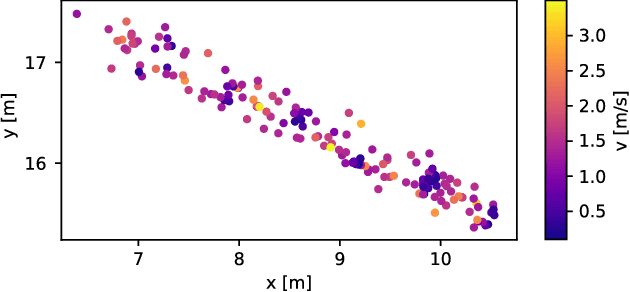


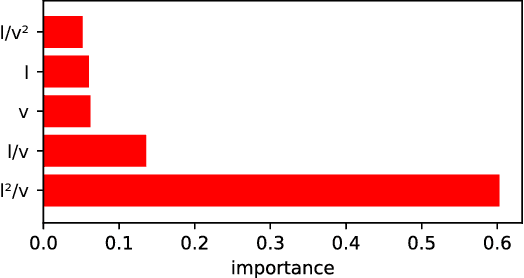
Abstract:A complete overview of the surrounding vehicle environment is important for driver assistance systems and highly autonomous driving. Fusing results of multiple sensor types like camera, radar and lidar is crucial for increasing the robustness. The detection and classification of objects like cars, bicycles or pedestrians has been analyzed in the past for many sensor types. Beyond that, it is also helpful to refine these classes and distinguish for example between different pedestrian types or activities. This task is usually performed on camera data, though recent developments are based on radar spectrograms. However, for most automotive radar systems, it is only possible to obtain radar targets instead of the original spectrograms. This work demonstrates that it is possible to estimate the body height of walking pedestrians using 2D radar targets. Furthermore, different pedestrian motion types are classified.
* 6 pages, 6 figures, 1 table
Off-the-shelf sensor vs. experimental radar -- How much resolution is necessary in automotive radar classification?
Jun 09, 2020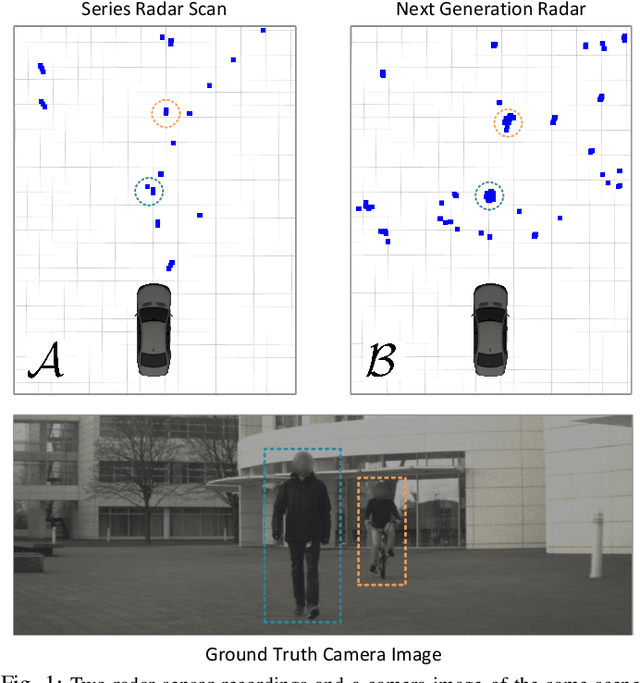
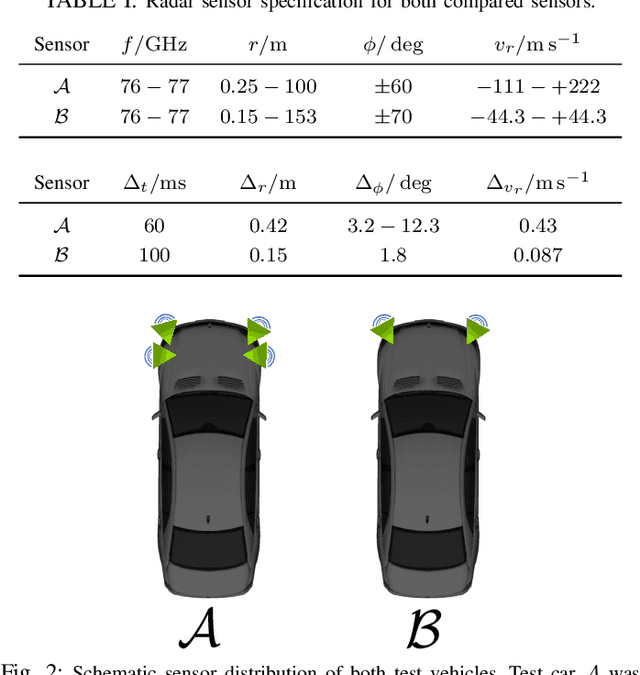

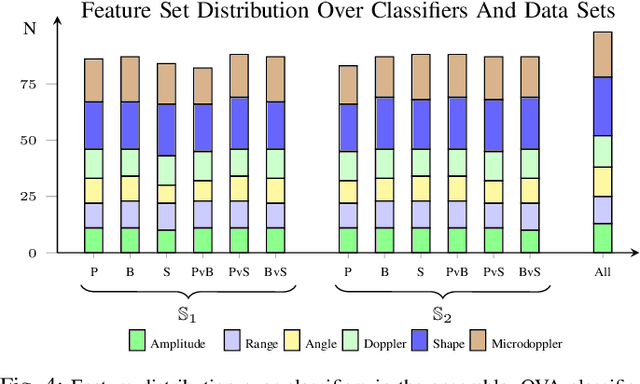
Abstract:Radar-based road user detection is an important topic in the context of autonomous driving applications. The resolution of conventional automotive radar sensors results in a sparse data representation which is tough to refine during subsequent signal processing. On the other hand, a new sensor generation is waiting in the wings for its application in this challenging field. In this article, two sensors of different radar generations are evaluated against each other. The evaluation criterion is the performance on moving road user object detection and classification tasks. To this end, two data sets originating from an off-the-shelf radar and a high resolution next generation radar are compared. Special attention is given on how the two data sets are assembled in order to make them comparable. The utilized object detector consists of a clustering algorithm, a feature extraction module, and a recurrent neural network ensemble for classification. For the assessment, all components are evaluated both individually and, for the first time, as a whole. This allows for indicating where overall performance improvements have their origin in the pipeline. Furthermore, the generalization capabilities of both data sets are evaluated and important comparison metrics for automotive radar object detection are discussed. Results show clear benefits of the next generation radar. Interestingly, those benefits do not actually occur due to better performance at the classification stage, but rather because of the vast improvements at the clustering stage.
 Add to Chrome
Add to Chrome Add to Firefox
Add to Firefox Add to Edge
Add to Edge